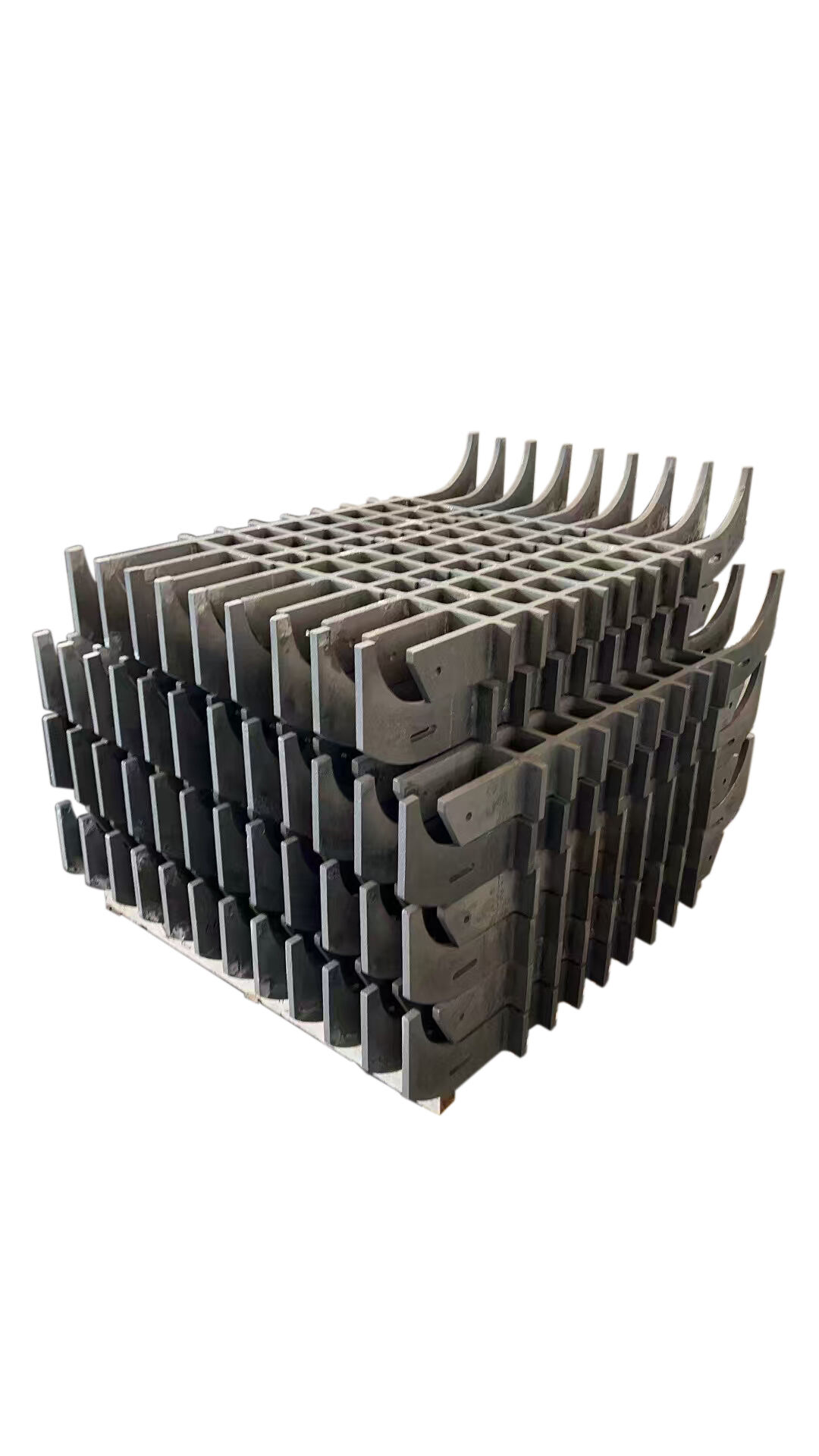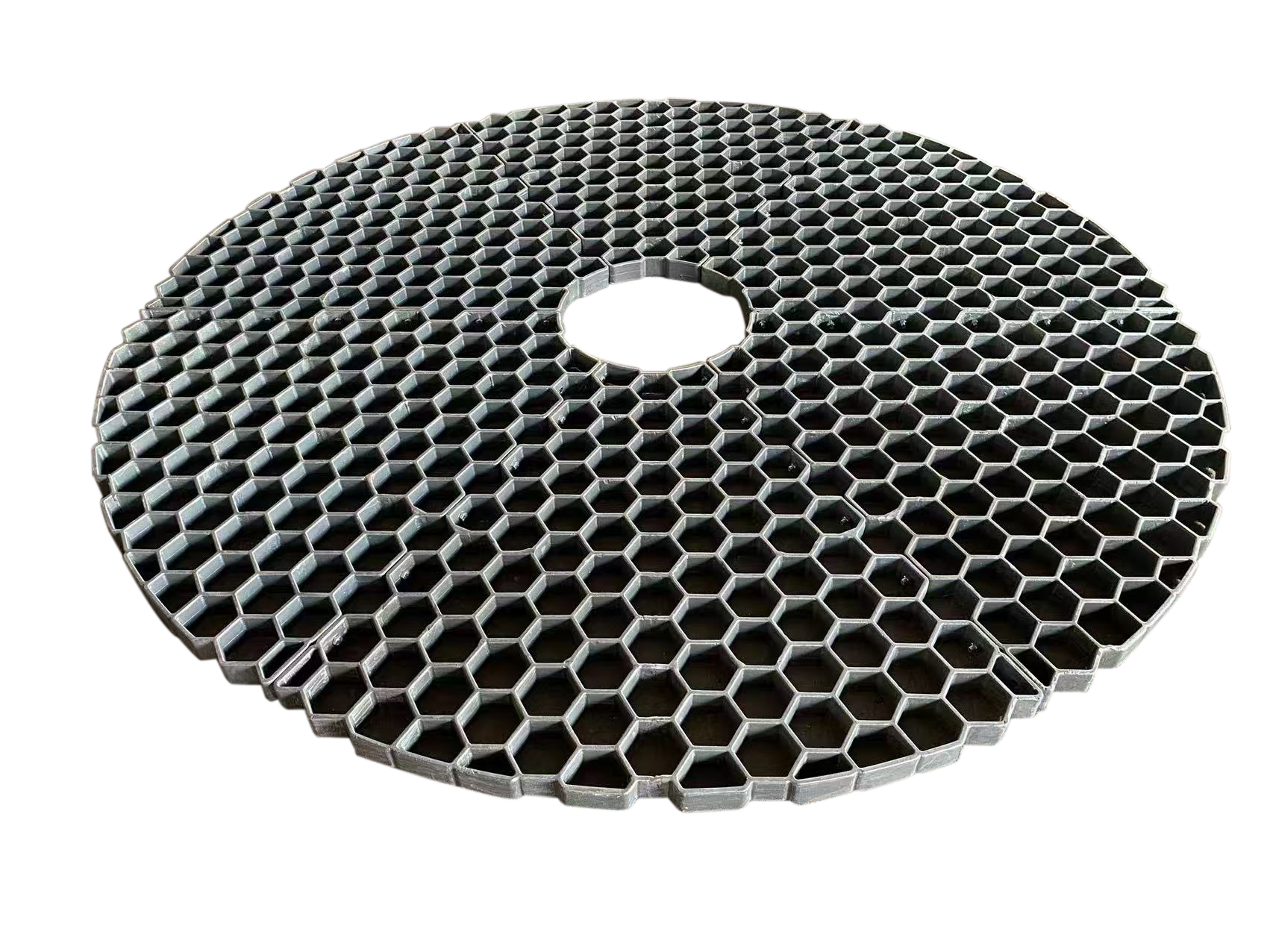quenching in heat treatment
Quenching in heat treatment is a critical metallurgical process that involves rapidly cooling a metal from a high temperature to achieve specific material properties. This process is fundamental in enhancing the hardness, strength, and wear resistance of various metals and alloys. During quenching, the metal is heated to a specific temperature above its critical point, held at that temperature for a predetermined time, and then rapidly cooled using different mediums such as water, oil, or air. The rapid cooling prevents the formation of softer crystalline structures and promotes the development of harder martensitic structures. The process requires precise control of multiple variables, including heating temperature, cooling rate, and quenching medium selection, as these factors directly influence the final material properties. Modern quenching techniques incorporate advanced temperature monitoring systems and automated controls to ensure consistency and reliability. This process is extensively used in automotive, aerospace, and manufacturing industries, particularly for components that require high strength and wear resistance. The versatility of quenching allows it to be applied to various materials, from carbon steels to complex alloys, making it an indispensable part of modern manufacturing processes.

